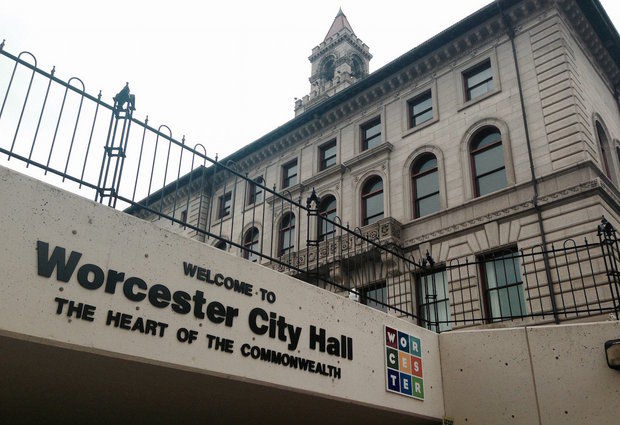Last week in the City Council meeting agenda, we were able to find and review some projections made by the City Auditor, here is the link.
- Example 2: To retain an Excess Levy Capacity (ELC) of $6,000,000, Total Taxable Assessed Valuations (TTAV) need to increase 3.8% to 3.9% per year.
- Example 3: TTAV increases 3.5% per year, by fiscal 2020 the ELC is under $2,000,00
- Keep in mind that the actual increase in the TTAV was 1.3% in Fiscal 2015 and .6% in Fiscal 2016. Projecting an increases in this amount seem to be on the high side.
- Example 4: TTAV increase of 5.4% in FY17, another 3.9% increase in FY18 followed by a 1% drop in FY 2019, The ELC would be wiped out
- Keep in mind that these estimates project the budget going up 4% in FY17 and FY18 when the actual budgets increased 4.4% and 5% the past two years.
Here it the long and the short. We need to have close to 4% increase each year in the Total Taxable Assessed Valuations to keep the current Excess Levy Capacity at $6,000,000 and that assumes the budget only goes up 4% per year. Anything less then that and the Excess Levy Capacity will decrease. Considering that the actual increase in the Total Taxable Assessed Valuation was 1.3% in FY2015 and .6% in FY2016, what do you think our chances are of getting an increase in the Total TAXABLE Assessed Valuations in the City of Worcester to increase 4% each year going forward??
The tax issues in Worcester will no longer be a question of tax rates (Commercial versus Residential), but the Tax Levy Ceiling (2.5% of the Total Taxable Assessed Valuation) eventually determining how much taxes can be raised from the businesses and residents once the Excess Levy Capacity is gone.
Lastly if we only have an increase of 1.18% in the Total Taxable Assessed Value, the Tax Levy Ceiling will equal the Tax Levy and there will be no Excess Levy Capacity.



